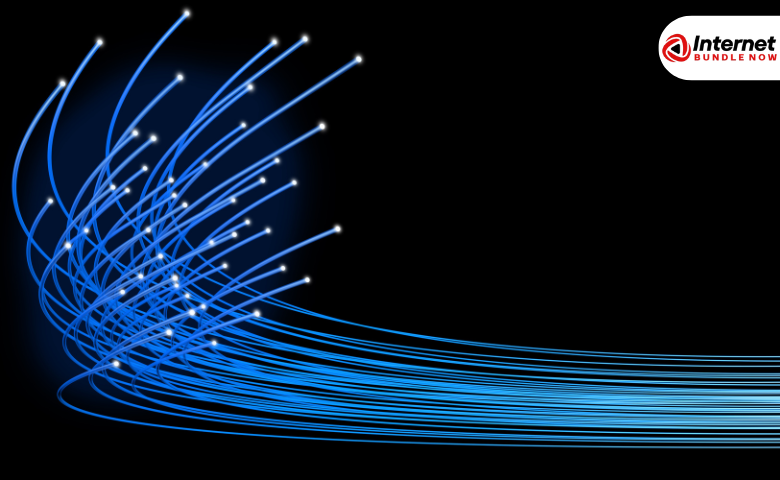- TV
How to Get Premium Channels with Your Cable TV Bundle?
Access to exclusive entertainment content is a priority for many viewers seeking a richer television experience. Premium chan...
Explore More
In today’s digital world, fibre-optic technology is the backbone of high-speed internet and seamless communication. At Internet Bundle Now, we’re passionate about bringing you the most reliable and cutting-edge connectivity solutions. Let’s dive into the fascinating world of fibre optics and explore how this technology powers our connected lives.
Light Transmission
Fibre optics is the technology that transmits data as light signals through thin strands of glass or plastic called fibres. This advanced communication method has revolutionized how we connect to the internet, making it faster and more reliable than ever before. From its humble beginnings to its current state-of-the-art applications, fibre-optic technology has continually evolved, offering unparalleled performance in data transmission.
Fiber Structure
At the heart of fibre-optic technology is the fibre structure, which consists of three main components:
Fibre-optic systems use specific wavelengths of light to transmit data. The primary light sources are:
Single-mode fibre features a small core diameter, allowing only one mode of light to propagate. This design minimizes signal loss and is perfect for long-distance communication, such as intercontinental data connections.
Multi-Mode Fiber
Multi-mode fibre has a larger core diameter that supports multiple light paths or modes. It’s commonly used for shorter distances within buildings or campuses, offering a cost-effective solution for high-speed data transfer.
Polarization-Maintaining Fiber: Maintain light polarization, which is crucial for high-precision applications.
Photonic Crystal Fiber: Features a periodic structure that can uniquely manipulate light, enabling advanced optical applications.
Fibre-optic cables are the physical medium through which data is transmitted. They are designed to be both durable and efficient, ensuring minimal signal loss and high performance.
Connectors and Splices
Connectors and splices are used to join fibre-optic cables together. Methods include:
Optical Transmitters
Optical transmitters convert electrical signals into light signals. They play a crucial role in initiating the data transmission process.
Optical Receivers
Optical receivers detect the light signals transmitted through the fibre and convert them back into electrical signals for processing.
Optical Amplifiers
Optical amplifiers, such as Erbium-Doped Fiber Amplifiers (EDFAs), boost the strength of the light signal over long distances, ensuring consistent and reliable data transmission.
Wavelength Division Multiplexers
Wavelength Division Multiplexers (WDMs) combine multiple light signals at different wavelengths into a single fibre, maximizing the capacity and efficiency of the network.
Point-to-Point Systems
Point-to-point systems directly connect two locations, often used for high-speed data links.
Fiber-to-the-Home (FTTH)
Fiber-to-the-Home (FTTH) brings fibre-optic connections directly to residences, providing ultra-fast internet speeds and high-quality services.
Fiber Optic Sensors
Fibre optic sensors use fibre technology to measure physical quantities such as temperature, pressure, and strain with high precision.
Advantages
Fibre-optic technology offers several benefits:
While fibre optics are highly effective, they do have some drawbacks:
Ongoing research leads to the development of new fibre materials that enhance performance and reduce costs.
Emerging Applications
Integrating fibre optics with emerging technologies like 5G is paving the way for even faster and more efficient networks.
Integration with 5G and Beyond
Fibre optics are crucial in deploying 5G networks, providing the high-speed backhaul required for next-generation wireless communication.
Common issues in fibre-optic networks include:
Testing and Monitoring
To ensure optimal performance, fibre-optic networks are regularly tested and monitored using the:
At Internet Bundle Now, we are committed to delivering cutting-edge fibre-optic solutions that enhance your connectivity experience. Understanding the intricacies of fibre-optic technology allows us to provide you with the best possible service. If you want to upgrade to fibre-optic internet or learn more about our offerings, don’t hesitate to contact us!
Latest insights, tips, and updates from our experts.
George
How Does Fiber-Optic Technology Work?